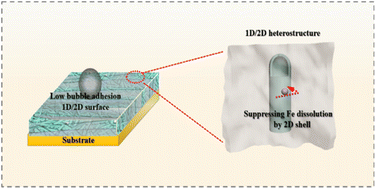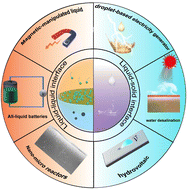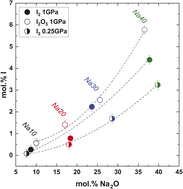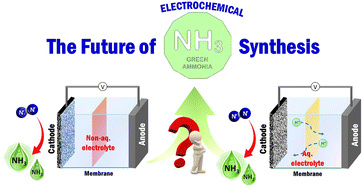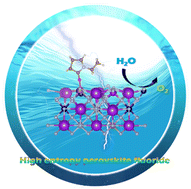J. Mater. Chem. A, 2023, Advance Article
DOI: 10.1039/D3TA04920E, Paper
DOI: 10.1039/D3TA04920E, Paper
Peng Liu, Juan Wang, Yiming Sui, Guangyao Zhao, Rui Yao, Dongsheng Xia, Zhenbin Guo, Feiyu Kang, Lei Wang, Cheng Yang
NiCoP-CoP@NNA is a hierarchical heterostructured HER catalyst prepared by Ni solid-state diffusion from Ni nanowire substrate. DFT shows that Ni atoms diffuse from nano-sized substrate easily, and the heterostructure has a low water dissociation energy barrier, leading to better HER activity.
To cite this article before page numbers are assigned, use the DOI form of citation above.
The content of this RSS Feed (c) The Royal Society of Chemistry
NiCoP-CoP@NNA is a hierarchical heterostructured HER catalyst prepared by Ni solid-state diffusion from Ni nanowire substrate. DFT shows that Ni atoms diffuse from nano-sized substrate easily, and the heterostructure has a low water dissociation energy barrier, leading to better HER activity.
To cite this article before page numbers are assigned, use the DOI form of citation above.
The content of this RSS Feed (c) The Royal Society of Chemistry


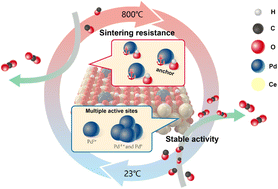
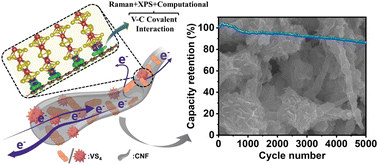
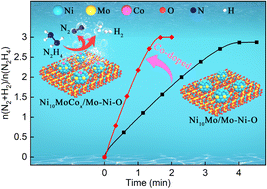
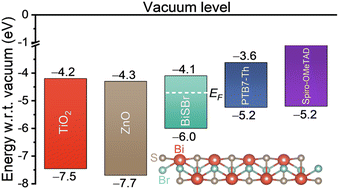
 Open Access
Open Access
